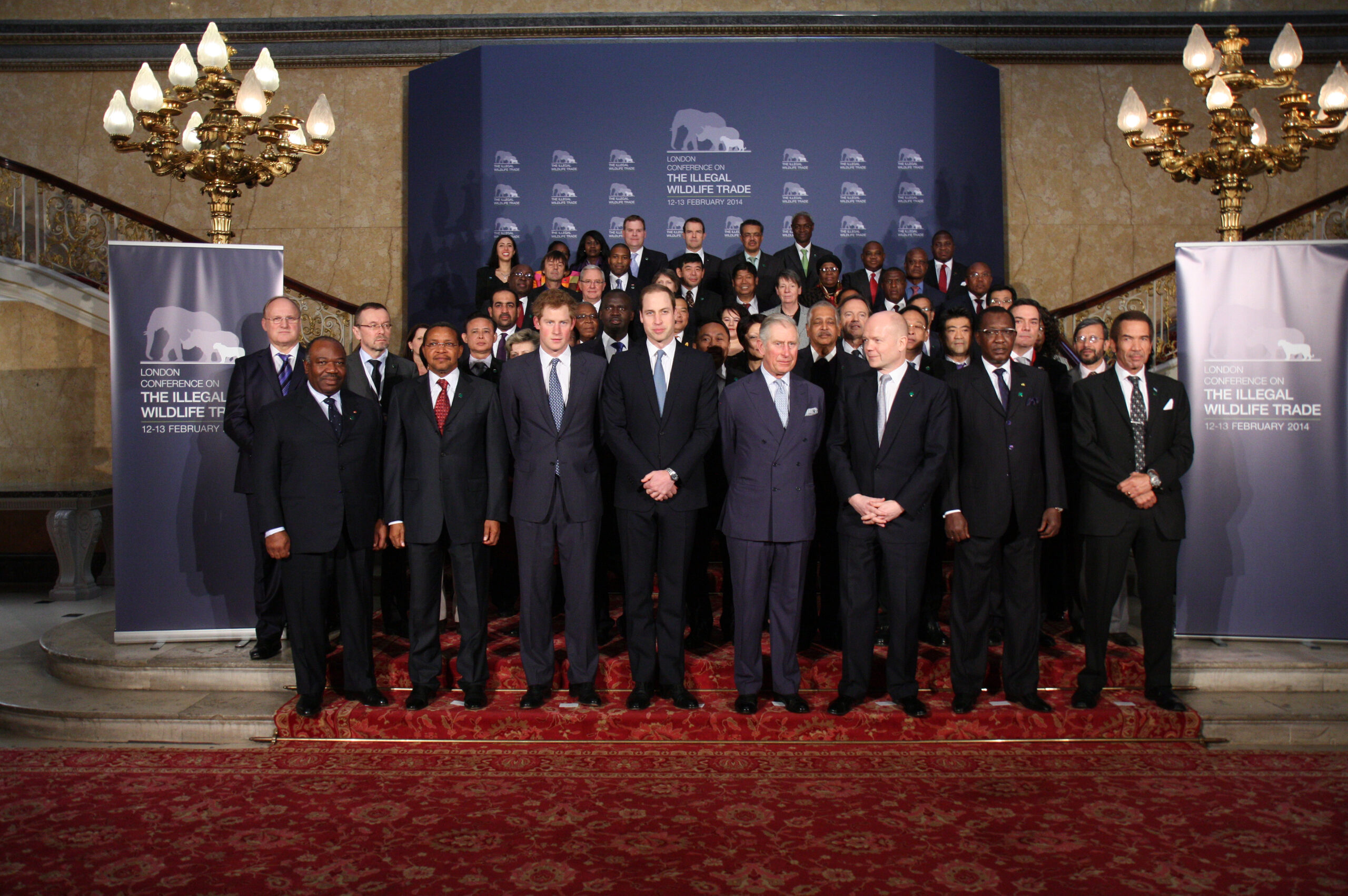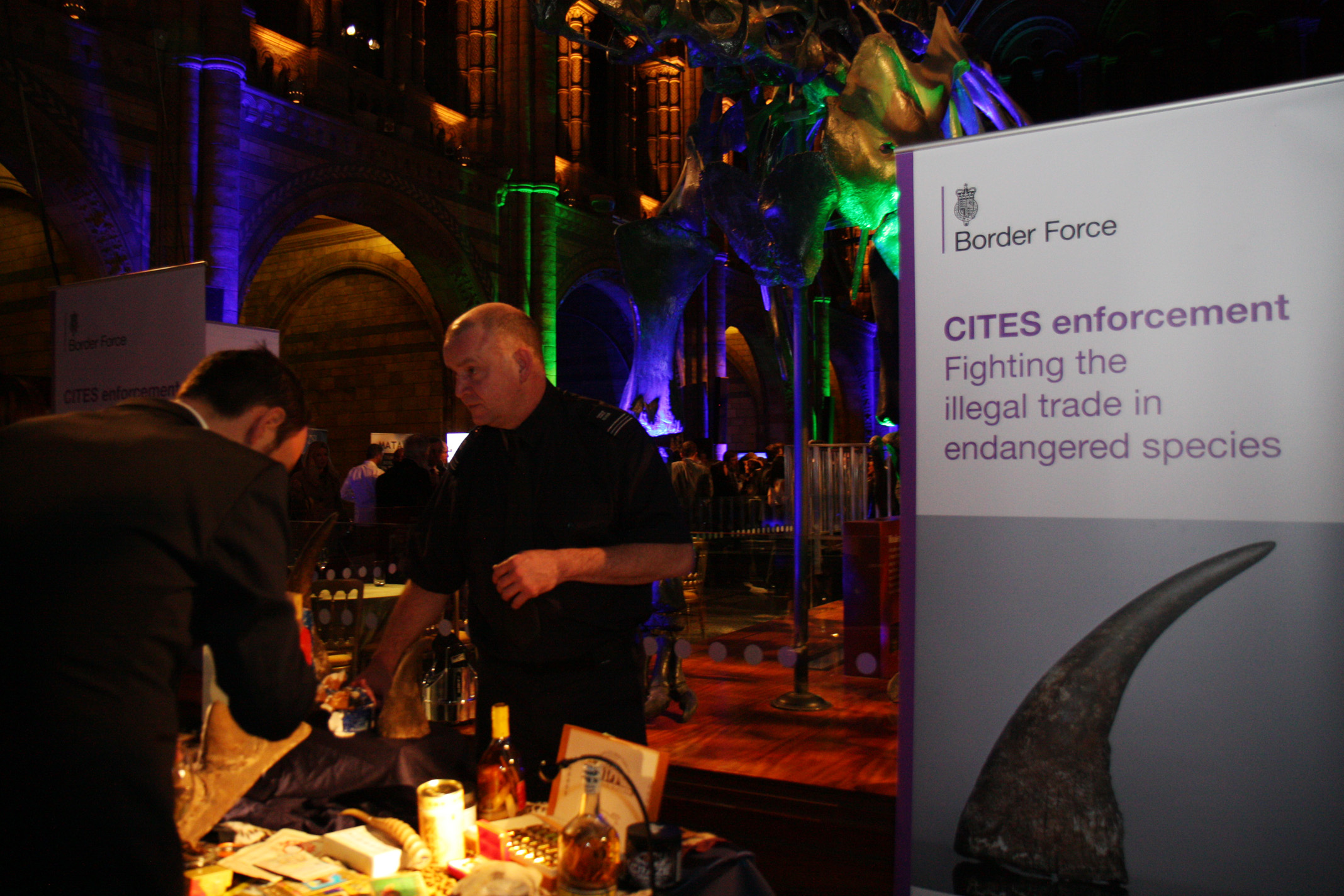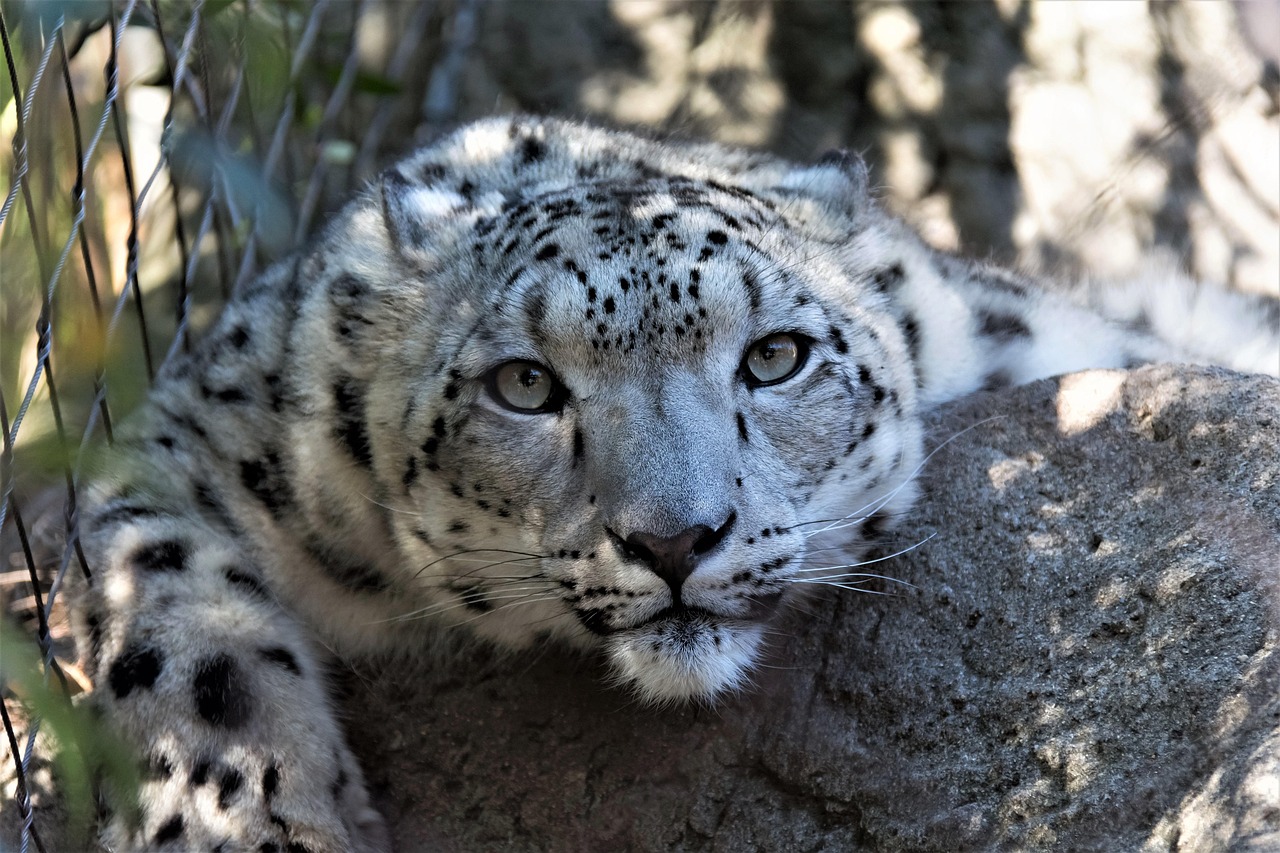- Most Infamous Terrorist Leaders in History - April 22, 2025
- From Bamboo to Billions: How Smugglers Exploit China’s Wildlife Trade - April 10, 2025
- Environmental Corruption in South America: Nature for Sale - April 10, 2025
The Scale of Wildlife Smuggling

Wildlife smuggling is a shadowy industry that rakes in an estimated $20 billion annually. This illegal trade spans across continents, dealing in endangered species, their parts, and products like ivory, rhino horns, and exotic pets. According to the World Wildlife Fund (WWF), around 1 million species are threatened with extinction due to this rampant trade. The operation is vast, often led by organized crime syndicates that use sophisticated networks to transport these goods across international borders. The sheer scale of this operation is mind-boggling, with traffickers adeptly exploiting loopholes in international trade regulations. As the demand for exotic species and their parts continues to grow, so does the complexity and reach of this illicit trade.
The Role of Bamboo in Smuggling

Bamboo, a staple export from Asia, has become an unlikely accomplice in the world of wildlife smuggling. Smugglers cunningly hide animal products within bamboo shipments, exploiting its hollow structure to bypass customs inspections. This method is not only innovative but alarmingly effective, allowing traffickers to smuggle goods unnoticed. Reports have surfaced of authorities seizing large quantities of animal parts cleverly concealed within bamboo, underscoring the lengths to which smugglers will go. This tactic highlights the constant cat-and-mouse game between law enforcement and traffickers, with the latter often staying a step ahead. The use of bamboo in smuggling operations is a testament to the creativity and resourcefulness of those involved in the illegal wildlife trade.
The Impact on Biodiversity

The consequences of wildlife exploitation are dire, particularly for biodiversity. Species like pangolins, tigers, and elephants face the brunt of this illegal trade, with pangolins being the most trafficked mammal worldwide. The loss of these species disrupts entire ecosystems, leading to imbalances in nature that affect food chains and habitat health. The International Union for Conservation of Nature (IUCN) stresses the urgency of conservation efforts to combat this crisis. As biodiversity dwindles, the ripple effects can be felt across the globe, impacting not just the environment but also human livelihoods. Protecting these species is not just about conservation; it’s about preserving the delicate balance of our planet’s ecosystems.
The Economic Incentives for Smugglers

The financial allure of wildlife smuggling is undeniable. Rhino horn, for example, can fetch up to $60,000 per kilogram on the black market, making it more valuable than gold. This high demand fuels poaching and smuggling activities, as criminals seek to capitalize on this lucrative trade. In many regions, poverty and a lack of alternative livelihoods drive local communities into the trade, creating a cycle of exploitation that’s hard to break. The economic incentives are a powerful motivator, often outweighing the risks involved. As long as the demand remains high and profits are substantial, the illegal wildlife trade will continue to thrive, posing a significant challenge to conservation efforts.
Law Enforcement Challenges

Despite global efforts to curb wildlife trafficking, law enforcement faces a myriad of challenges. Corruption, limited resources, and inadequate legal frameworks often hinder effective action against smugglers. In China, stricter laws and penalties have been introduced, but enforcement remains inconsistent. The United Nations Office on Drugs and Crime (UNODC) highlights that only a fraction of wildlife crimes result in convictions, allowing traffickers to operate with relative impunity. This lack of accountability emboldens criminals, making it difficult to dismantle the networks that sustain this trade. The challenges are immense, but addressing them is crucial to making meaningful progress in the fight against wildlife smuggling.
The Role of Technology in Smuggling
Technology is a double-edged sword in the realm of wildlife trafficking. Smugglers leverage encrypted communication, drones, and the dark web to coordinate their operations and evade detection. This technological prowess makes it increasingly difficult for law enforcement to keep up. However, agencies are also turning to technology to combat these crimes. Artificial intelligence and machine learning are being employed to identify trafficking patterns and predict potential smuggling activities. This technological arms race highlights the evolving nature of wildlife trafficking and the need for innovative solutions to stay ahead of criminals.
Public Awareness and Advocacy

Public awareness is a critical component in the fight against wildlife trafficking. Organizations like WWF and TRAFFIC lead campaigns to educate the public on the importance of wildlife conservation and the impact of illegal trade. Social media platforms have become powerful advocacy tools, enabling activists to reach a global audience and mobilize support for policy changes. Engaging the public can lead to increased pressure on governments to take action against wildlife trafficking. As awareness grows, so does the potential for meaningful change, making public engagement an essential part of conservation efforts.
The Role of International Cooperation

Tackling wildlife smuggling requires robust international cooperation and collaboration. Countries must work together to strengthen legal frameworks, share intelligence, and coordinate enforcement efforts. Initiatives like the Convention on International Trade in Endangered Species of Wild Fauna and Flora (CITES) play a vital role in regulating trade and protecting endangered species. However, the success of these agreements hinges on effective implementation. International cooperation is not just beneficial; it’s imperative in the fight against wildlife trafficking, as the problem transcends borders and requires a united front.
Case Studies of Successful Interventions

There have been notable successes in the battle against wildlife trafficking. In 2019, Vietnamese authorities seized over 14 tons of pangolin scales, marking one of the largest busts in history. Such operations demonstrate the potential for effective enforcement when resources and international cooperation align. These successes serve as a beacon of hope and can inspire further action and investment in wildlife protection initiatives. Highlighting these victories is crucial, as they show that progress is possible and that the fight against wildlife smuggling is not in vain.
The Future of Wildlife Conservation

The future of wildlife conservation relies on a comprehensive approach that includes stronger laws, better enforcement, and public engagement. As the demand for wildlife products persists, addressing the root causes of trafficking, such as poverty and lack of education, becomes increasingly important. Sustainable development initiatives that provide alternative livelihoods for communities can reduce reliance on illegal wildlife trade. The fight against wildlife smuggling is ongoing, but with concerted efforts, it is possible to turn the tide and protect our planet’s precious biodiversity.



